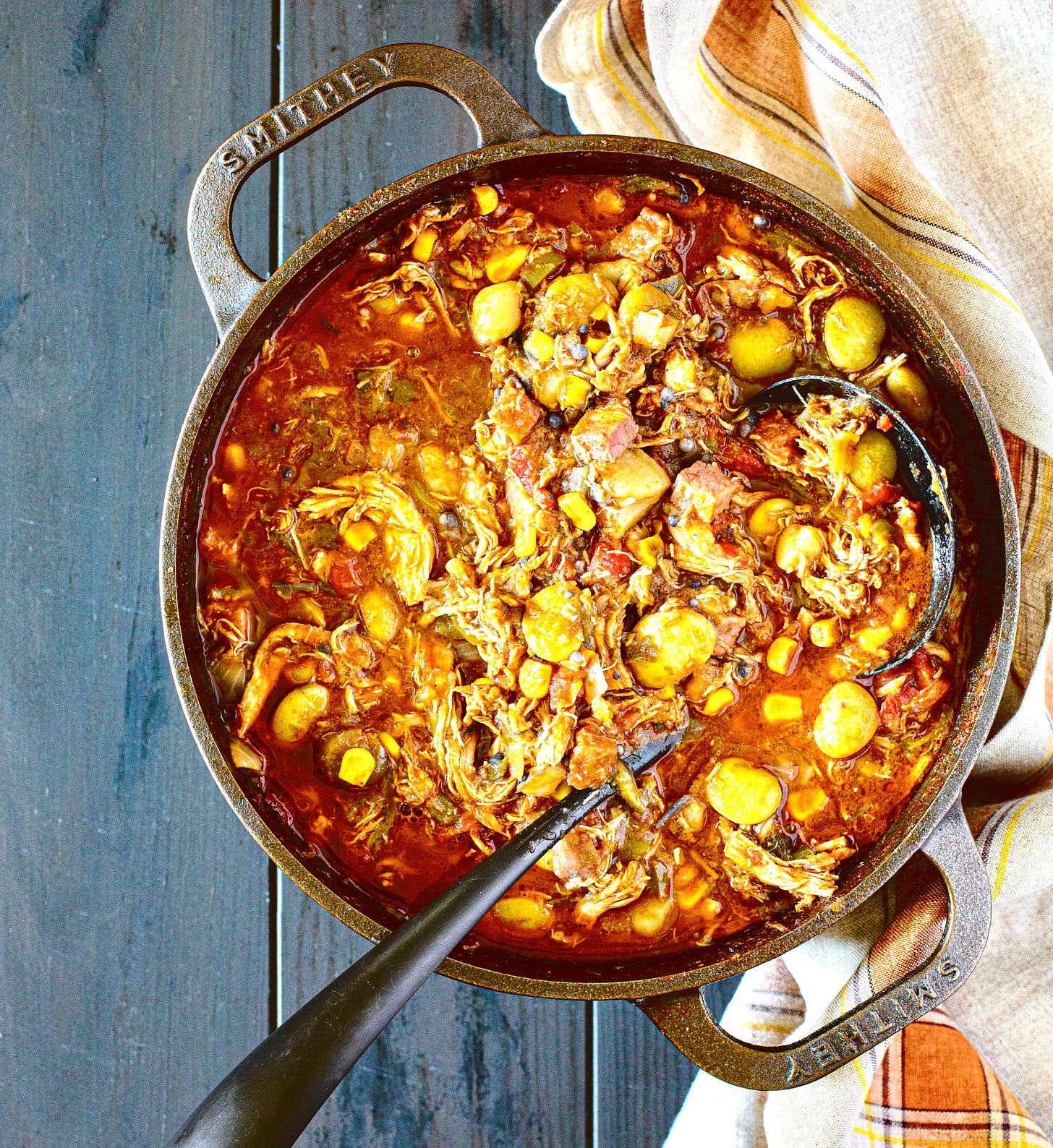Four Fall Cookbooks I Love - No. 157
Bold flavors, new stories, interesting desserts, plus Aunt Molly’s Brunswick Stew

FOR SOMEONE WHO WRITES COOKBOOKS for a living, you might say I look at other people’s new cookbooks in peculiar ways.
I have this checklist in my head, not…



